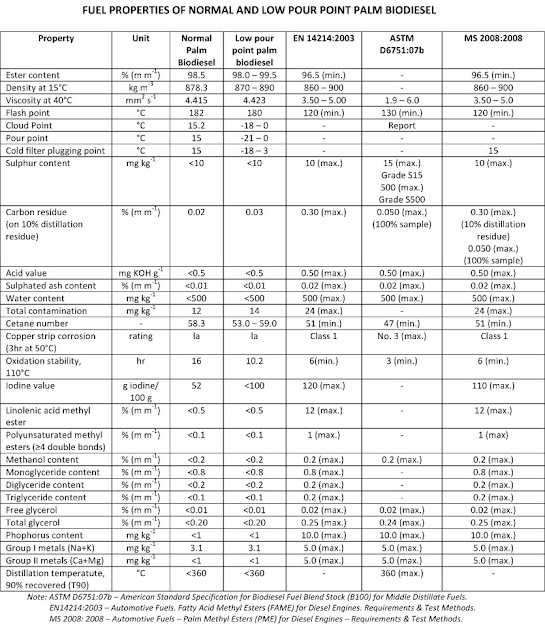Vitamin E is arguably the most important antioxidant utilized by
the body. It protects the body from harmful free-radical damage, and
plays an important role in protecting cell membranes because it helps
neutralize free radical molecules before they enter the cells.
Vitamin
E assists in protecting the lungs, liver, eyes, and arteries. It is a
key factor in the normal function of the immune system. Studies have
also suggested that it helps lowers cholesterol. This vitamin is
commonly the most misunderstood due to its characteristics and different
forms.
Many ask:
What is the best vitamin E to take?
The answer is actually a combination of several different forms of Vitamin E.
Many
people view Vita. E as a single entity. However, it is actually a
family of eight different compounds, whose sub-categories are named
Tocopherols and Tocotrienols. Each of these two sub-categories of Vit. E
is further broken down into alpha, beta, gamma, and delta forms.
The
most heavily studied form of Vit. E is d-alpha tocopherol. While
d-alpha tocopherol is considered the most biologically active form of
Vita. E inside the body, newer studies are concluding that
gamma-tocopherol has powerful antioxidant capabilities as well.
Gamma-tocopherol is thought to be a perfect complement to the d-alpha
form.
Studies are also suggesting that in certain systems, the
other forms of Vitamin E, Tocotrienols, may be even more powerful
antioxidants than the heavily studied tocopherol forms. Tocotrienols may
also help reduce cholesterol levels and may have beneficial effects on
cardiovascular health.
Now that we understand what exactly Vit. E
is, we must now consider what types of Vit. E to look for when choosing a
product. Consider Vitamin E product that has all eight forms of the
vitamin in it, as each from has its own unique and beneficial
properties. The thing to understand is that all eight forms work
together synergistically to provide a greater overall effect than any
single form by itself.
When choosing a Vitamin E product, make
sure that it comes from natural sources - NEVER CHOOSE A PRODUCT THAT
CONTAINS SYNTHETIC VITAMIN E IN THE FORM OF VITAMIN E ACETATE! Studies
have shown that this form is actually not good for your health (if you
can recall, in the last year, there was a large study broad casted all
over the media which stated that "Vitamin E" may be bad for your health.
What the media failed to tell consumers was that synthetic Vit. E
Acetate is bad for you, not all forms of Vita. E, as this was the form
used in the study.)
Finally, make sure that the majority form of
Vit. E contained in the product is d-alpha tocopherol (unesterified
vitamin E). The Tocotrienols should come from palm oil, as palm oil has
the optimal alpha-beta-delta-gamma form ratio compared to other
Tocotrienols sources.














.jpg)


